How does a washing machine drum work?
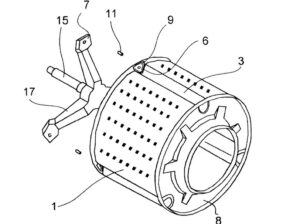 The laundry is loaded into the washing machine through the drum. At first glance, its design is simple: a cylindrical metal tank with perforated walls and ribbed blades. But the craftsmen understand by it not only the cylinder, but also the entire drum assembly - the tank, cuff, drive, crosspiece and other adjacent elements. For a complete repair and safe operation of the machine, you need to know the structure of the washing machine drum. We suggest considering all the components, their location and purpose.
The laundry is loaded into the washing machine through the drum. At first glance, its design is simple: a cylindrical metal tank with perforated walls and ribbed blades. But the craftsmen understand by it not only the cylinder, but also the entire drum assembly - the tank, cuff, drive, crosspiece and other adjacent elements. For a complete repair and safe operation of the machine, you need to know the structure of the washing machine drum. We suggest considering all the components, their location and purpose.
Main unit of the machine
The drum is the key element of the washing machine, and almost all parts of the machine interact with it. The stainless steel cylinder is the user-visible part of the unit through which laundry is loaded into the machine. For front-loading washing machines, the “input” is located in the front, and for “vertical” washing machines, it is on the top. Dirt is washed off due to the special design of the container: water gets inside through perforations on the walls, and a rubber cuff with a hatch door provides the necessary tightness.
The remaining elements of the node are “hidden” from the user’s eyes. The first of them is the tank in which the drum is located. This is a large, lightweight and durable container, to which the powder receiver hose is attached to the top, and the drain pipe is connected to the bottom. The cylinder is connected to the tank from the back using an iron cross, bushing and bearings.
The drum is built into the tank, where it is held by a cross, and is spun thanks to an axis, drive and motor.
The rotation of the system is provided by a shaft that receives impulses from the engine.The latter is located under the washing tub and can be collector or inverter. The motor reaches the specified speed, which is transmitted to the cylinder through a direct drive or a pulley with a belt. The acceleration speed is controlled by a Hall sensor.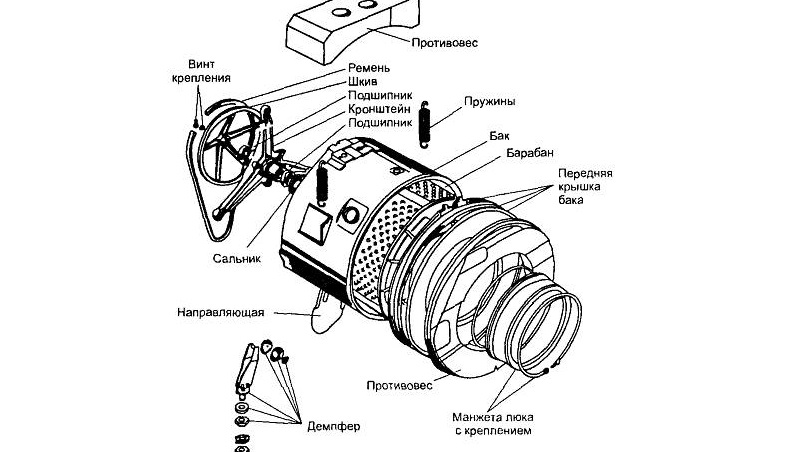
The vibration emanating from the motor is damped thanks to the provided shock absorption. The tank and drum are held in a suspended position, which is ensured by springs and vibration dampers. The containers are fixed securely, but not rigidly: the mobility and elasticity of the unit is maintained. The centrifugal force is also compensated by counterweights - concrete blocks, which weigh down the machine by tens of kilograms.
Next to the drum cylinder, in the back of the tank there is a hole for a tubular electric heater - heating element, which is responsible for heating the water to the desired temperature. The heat comes from the coil located directly in the washing tank, and the contacts are brought out and protected by a sealed gasket. The degree of heating is monitored by a temperature sensor that transmits data to the control module.
In some machines, the location of the main components may vary - it all depends on the manufacturer and model. To find out more precisely how a particular washing machine works, just look at the factory instructions.
What types of drums are there?
Any washing drum is made of stainless steel. The material was not chosen by chance: stainless steel is strong, durable and resistant to corrosion. This ensures a long service life of the equipment.
The inside of the drum surface has many “holes” - perforations. Through it, water and powder get to the clothes, and after washing they are drained into the sewer.But the holes also have a disadvantage: when the cylinder rotates, the fabric is strongly pressed against them, which leads to abrasion and damage to the fibers.
It is recommended to choose washing machines with advanced drums: drip, pearl or honeycomb.
Now manufacturers are trying to avoid harmful contact of things with perforations on the walls of the drum. The developers are improving the principle of rotation of the cylinder and improving its design. The result of the search was the production of various types of washing containers.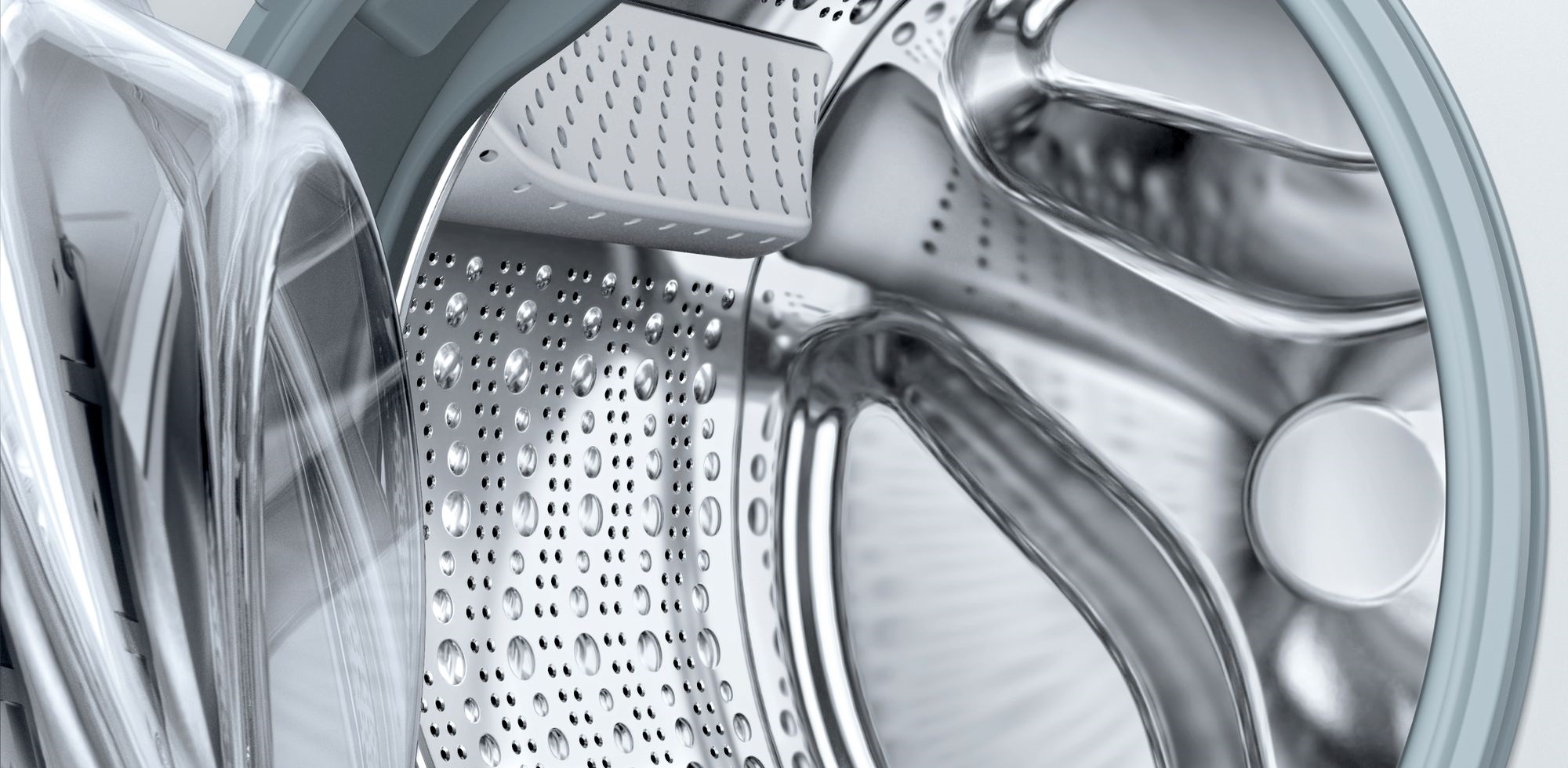
- Perforated drums. They are equipped with budget models of cars, since such cylinders have smooth walls with many regular holes. The inside surface is non-convex, which negatively affects the items being washed.
- Drip cylinders. The technology is called VarioSoft, and was invented and tested by the Bosch brand. The name speaks for itself: the inner surface of the drum is “strewn” with holes in the form of drops. The “trick” of the design is in the protrusions themselves: one side of such holes is flat, and the other is protruding. As a result, the laundry ends up either on the smooth part or on the sharp part, depending on the selected mode. Delicate fabric is washed softly, but with an intensive program the friction is harsh.
- "Pearl" drums. Pearl Drum technology from Hansa designers. Such cylinders are perforated with different-sized holes in the form of hemispheres, similar to pearls. Thanks to the rounded shape, the laundry is not allowed to touch sharp protrusions, which protects the fabric from wear even when the drum accelerates to 1400 rpm.
- Cellular containers. The patent for innovative perforation in the form of a honeycomb belongs to the company Miele – you won’t find it on other machines. Similar drums are covered inside with convex stamped hexagons. Such holes are several times smaller in diameter than standard, drop or pearl holes, so the fabric does not get pulled into them. The result is gentle washing. Also, small holes keep the powder near things longer and prevent foreign objects from falling into the tank.
The type of drum is of fundamental importance: the wider the holes and the smoother the surface of the cylinder, the faster the detergent is washed out and the more the laundry wears out. If you frequently wash delicate items, it is recommended to give preference to honeycomb, drip and pearl containers. Then the clothes will be protected from damage, loss of color, the appearance of pills and snags.
Related Parts
Washing machine owners do not need to know what the drum looks like in cross-section. It is enough to understand the relationship of the cylinder with other elements of the system - from the powder receiver to the engine. This principle is the same for all machines: both with horizontal and vertical loading. The main thing is to consider all the “participants” in the washing process.
- Dispenser. Designed for adding detergent, therefore it is popularly called simply a powder receptacle. As a rule, it is located in the upper left part of the machine and has three compartments: for additional liquids, main and pre-wash. You can guess the purpose of the cuvette by looking at the special markings. Water reaches the powder through hoses, and then the soap solution is sent through pipes into the drum.
- Cuff. This is the name of the rubber band that encircles the drum in front behind the hatch door. More precisely, there are two of them: one seal is attached to the body, and the second - to the washing tub.Due to the double rubber layer, the tank is sealed and water does not leak out.
The electronic lock is released automatically 2-3 minutes after the cycle is completed.
- Hoses and pipes. Through rubber “grooves,” the water coming from the pipes passes through the dispenser and is poured into the drum, to the dirty things. After washing, the waste liquid is discharged through drainage pipes into the sewer system and pumped out with a pump.
- Pump. The pump pumps dirty water from the tank with the drum into the sewer system. The drainage is simple: the mechanism is started by a motor, and the direction of flow is set by a rotating impeller. Everything is attached to the volute, where the drain hose is also connected to the pump. The latter often becomes clogged with debris, hair and other objects that have fallen into the machine: children's socks, hairpins and keys.
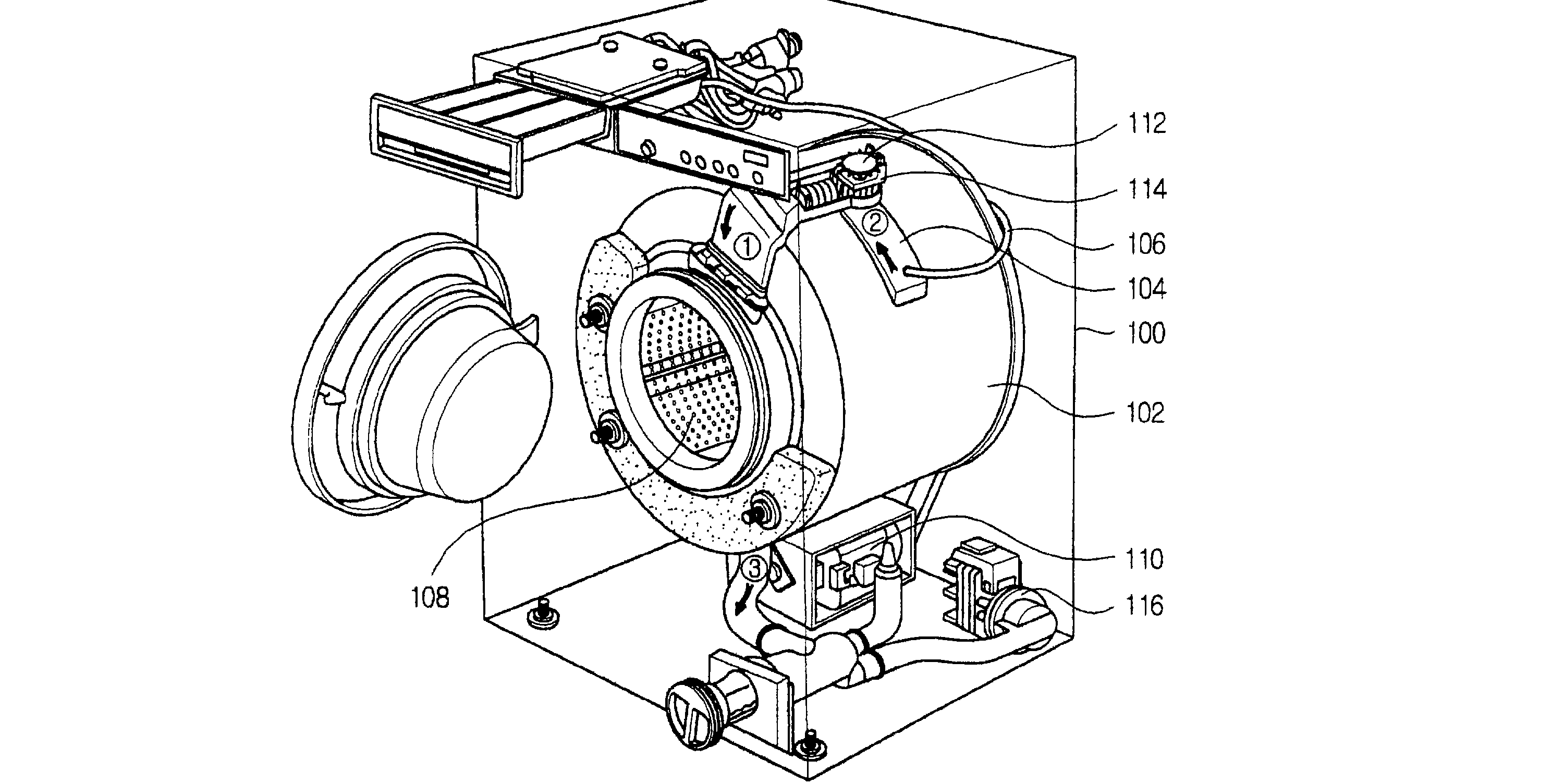
- UBL. This is a hatch locking device, or in simple words – an electronic lock. It is activated automatically after the cycle starts, blocking the hatch door. The system “block” prevents the user from opening the drum when washing, which eliminates the accidental opening of the machine when full of water.
- Inlet valve. Its task is to fill the drum with water from the water supply. The mechanism consists of three coils and a membrane, which opens or closes under the influence of electrical impulses. The latter are supplied to the valve by the module based on data from the pressure switch.
- Pressostat. It is a plastic “box” with a long tube lowered into the washing tub. The sensor measures the pressure in the tank, displaying the level of water collected. This allows the control board to control the filling and draining process.
- Network filter. The capacitor is responsible for the safety of the system, protecting wiring and mechanisms from power surges.The FPS is capable of equalizing the current entering the machine, preventing the internal wiring from overheating and short-circuiting.
- Control board. These are the “brains” of the machine, which control the system using electronics, triacs, tracks and resistors. The module issues commands, monitors their execution, and in the event of a breakdown or malfunction, it urgently stops the cycle.
The drum in a washing machine is a key element of the system, since it is in it that the laundry is washed. All other structural elements interact with it in one way or another: they fill, unwind and stop, providing high-quality washing.
Interesting:
Reader comments
- Share your opinion - leave a comment
Categories
Washing machine repair


For buyers

For users

Dishwasher

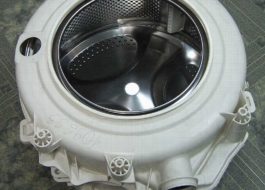
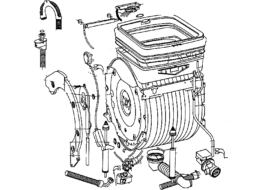
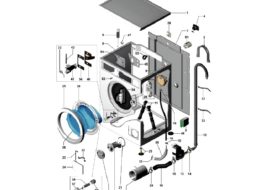
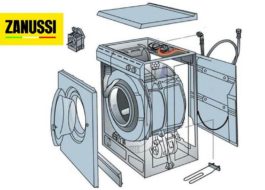












Add a comment